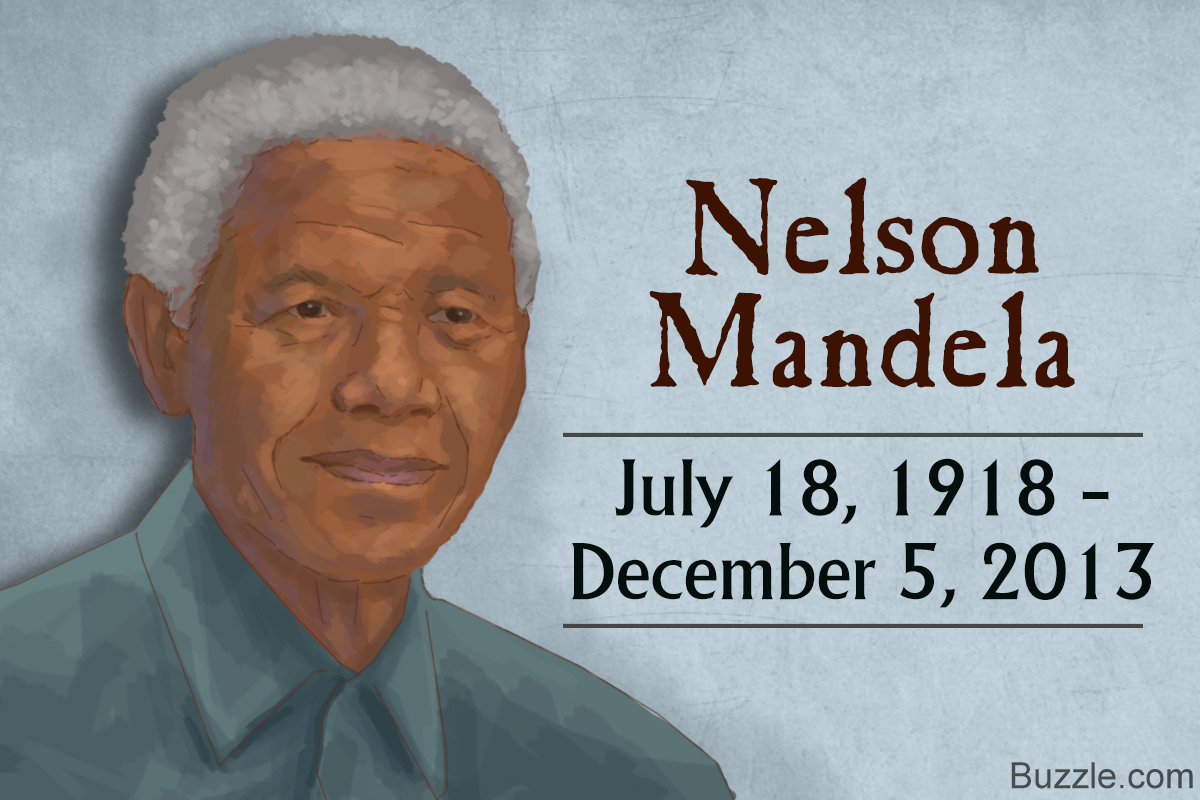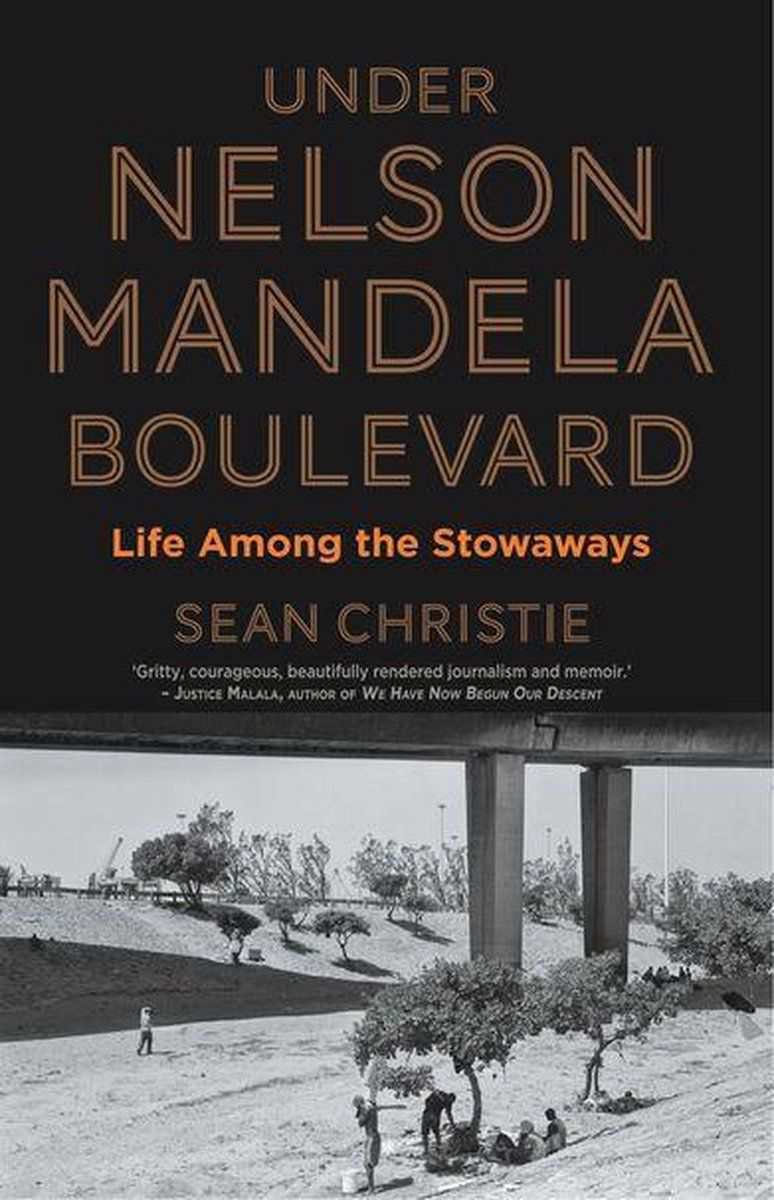Nelson Rolihlahla Mandela (18 July 1918 – 5 December 2013) was a South African politician and activist. On April 27, 1994, he was made the first President of South Africa elected in a fully represented democratic election.Mandela was also the first black President of his country, South Africa. Mandela was born in Mvezo, South Africa to a Thembu royal family. Nelson Mandela Biography (1918–2013) Updated: Jan 6, 2021 Original: Apr 27, 2017. Nelson Mandela was the first Black president of South Africa, elected after time in prison for his anti.
- Nelson Mandela Memorial Interpreter
- Nelson Mandela Autobiography Original Document
- Nelson Mandela Autobiography

Rolihlahla Mandela was born into the Madiba clan in Mvezo, Transkei, on 18 July 1918.
His mother was Nonqaphi Nosekeni and his father, Nkosi Mphakanyiswa Gadla Mandela, was the main advisor to the Acting King of the Thembu people, Jongintaba Dalindyebo.
Nelson Mandela Memorial Interpreter

He received the name 'Nelson' on his first day in primary school from his teacher Miss Mdingane. When he was 12 his father died and he was raised by the Regent at the Great Place in Mqhekezweni. He was sent to the best schools available and began studying a BA at Fort Hare University.
When he was expelled for joining a student protest, the Regent told him to return or get married. So he ran away to Johannesburg with his cousin Justice. His first job in 1941 was as a security guard on a gold mine and then as a legal clerk in the law firm Witkin, Edelman and Sidelsky. At the same time he completed his BA through Unisa.
In 1943 he enrolled for an LLB at Wits University. He was a poor student and became more involved in politics from 1944 after he helped to start the ANC Youth League. He married in the same year and needed money to support his family.
By mid-1952 when the university asked him to pay the 27 pounds he owed or leave, he already had three children. He only started studying again in 1962 in prison. He finally graduated with an LLB through Unisa 27 years later.

Later in 1952 he became the National Volunteer-in-Chief of the Defiance Campaign against apartheid laws. He and 19 others were later charged and sentenced to nine months, suspended for two years. In August he and Oliver Tambo started South Africa’s first black law firm, Mandela & Tambo.
In those days one could practise as an attorney with a two-year diploma. Later that year he was banned for the first time – he had to ask the government for permission whenever he needed to leave Johannesburg. After the adoption of the Freedom Charter in 1955, 156 people were arrested and charged with treason. The trial lasted four-and-a-half years until 29 March 1961 by which time all were acquitted. The ANC and PAC were banned after the 21 March 1961 killing by police of 69 unarmed protesters in Sharpeville.
Mandela called on the government not to turn South Africa into a republic on 31 May 1961 but to discuss a non-racial constitution. He was ignored so he called for a strike on 29, 30 and 31 March.
In June 1961 he was asked to lead the ANC’s armed wing, Umkhonto weSizwe and it launched on 16 December that year. On 11 January 1962, Mandela secretly left South Africa to undergo military training and to get support from African countries for the armed struggle.
He was arrested on 5 August and charged with leaving the country illegally and encouraging the strike. He was convicted and sentenced on 7 November 1962 to five years in prison.
On 11 July 1963, a secret hideout he once used was raided by police. On 9 October 1963 he joined 10 others on trial for sabotage in the Rivonia Trial.
On 12 June 1964 he and seven others were sentenced to life imprisonment. While he was in prison his mother and his eldest son died. He was not allowed to attend their funerals.
He spent 18 years on Robben Island, and while at Pollsmoor Prison in Cape Town in 1985 he had to go to hospital. When Justice Minister Kobie Coetsee visited him, he had an idea: to see if the government wanted to talk about one day meeting with the ANC.
In 1988 he was taken to hospital for tuberculosis. Three months later he was moved to Victor Verster Prison where he spent his last 14 months in prison. He was released on Sunday 11 February 1990, nine days after the unbanning of the ANC and the PAC.
Other political prisoners were freed and exiles returned. The ANC began talking to the government about South Africa’s future. For this work he and President FW de Klerk won the Nobel Peace Prize in 1993, and on 27 April 1994, Mandela voted in South Africa’s first democratic elections.
On 10 May 1994, he was inaugurated as South Africa’s first democratically elected President and stepped down after one term. In his retirement he worked on building schools and clinics, highlighting HIV, children and leadership. He died at his home in Johannesburg on 5 December 2013.
Nelson Mandela was South Africa’s most important leader and one of the greatest statesmen, and served as President from 1994 to 1999. He was awarded the Nobel Peace Prize in 1993 for ending racial segregation (Apartheid) in South Africa peacefully, after about 50 years of white supremacy, and for laying the foundations for democracy.
Nelson Rolihlahla (“troubelmaker” in xhosa language) Mandela was born on 18 July 1918 in Mvezi, a small village in the Transkei region, south-eastern South Africa. His father was Hendry Mphakanyiswa of the Tembu tribe, which speaks the xhosa dialect, a group of the bantu languages. Mandela studied Law at the University of Fort Hare, which expelled him on 1940 for leading a student demonstration, and at the Witwatersrand University.

Nelson Mandela and the African National Congress

In 1944, he contributed to the creation of the African National Congress (ANC), South Africa’s most important party aimed at ending injustice towards black people perpetrated by the National Party, the expression of white population, the Afrikaners. The actions against racial segregation started in 1948 and Mandela was arrested for the first time later in 1952. Between 1956 and 1961, Mandela was tried for treason, but cleared.
The Sharpeville massacre took place in 1960 (on 21 March, which is now the International Day for the Elimination of Racial Discrimination), when 69 people demonstrating against segregationist policies were killed by police forces. In the wake of this tragic event, the government outlawed the ANC. Mandela was considering the need of creating a military wing within the party. In June 1961, the possibility of organising violent actions was proposed during a congress of the ANC, which – despite not sustaining the initiative – established that those who wanted to support Mandela’s sabotage actions wouldn’t be stopped. So, the Umkhonto we Sizwe (Spear of the Nation, MK) was established.
27 years of imprisonment
Mandela was arrested for the second time in 1962 for leaving the country without being authorised and for organising demonstrations. He was convicted to 5 years in jail and penal servitude. Other members of the MK were arrested the following year and tried for high treason. Mandela, involved in the trial for plotting to overturn the government forcibly, was convicted to life imprisonment on 12 June 1964 and detained in a high security prison in Robber Island, off the coast of Cape Town.
Throughout the 27 years Mandela spent in prison, his fame increased steadily. His silent suffering contributed to raising pressure on South African government and apartheid, making him an international symbol of resistance and a martyr of the fight against racism. Mandela was moved to Pollsmoor high security prison in 1982 and hospitalised in 1988. Back to prison, his detention conditions were made easier though he always refused any political compromises in exchange for freedom. At that time, South Africa was isolated for being racist and Frederik Willem de Klerk, the country’s last white president, gave up to international pressure for clemency.
Back to public life
On 11 February 1990, at 72, Nelson Mandela became a free man again. His only aim was ending what he started 40 years before, dedicating himself to black people emancipation. After suspending the party’s armed wing, Mandela became president of the ANC in 1991. At that point, a historic meeting with de Klerk led the two leaders to realise that only a compromise between white and black people would prevent a civil war in South Africa. In late 1991, the Convention for a Democratic South Africa (CODESA) was established with the aim of creating a new government elected by all citizens. Mandela’s and de Klerk’s efforts convinced the Nobel Committee to award the Nobel Peace Prize to both of them in 1993 “for their work for the peaceful termination of the apartheid regime, and for laying the foundations for a new democratic South Africa”.
The end of apartheid and Mandela’s presidency
South Africa held its first democratic elections on 27 April 1994. The ANC won with 62 per cent of votes and Mandela became President. De Klerk’s Party, which gained 20 per cent of votes, was anyway included in the first national unity government. During his presidency, Mandela worked on peace and to boost the country’s economy. He favoured forgiveness to vengeance and demonstrated it by creating the Truth and Reconciliation Commission in 1995. Even those who committed abuse and violence during the apartheid regime were cleared.
Nelson Mandela quit his political and public life in 1999, leaving to vice president Thabo Mbeki the task of continuing his path. Mandela passed away in Johannesburg on 5 December 2013.
Nelson Mandela Autobiography Original Document
The article was first published in Blog Internazionale in June 2013
Nelson Mandela Autobiography
Translated by
